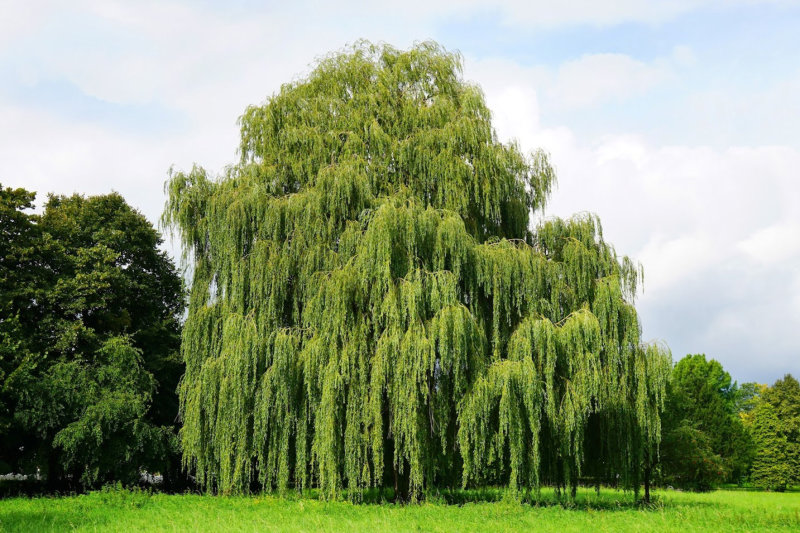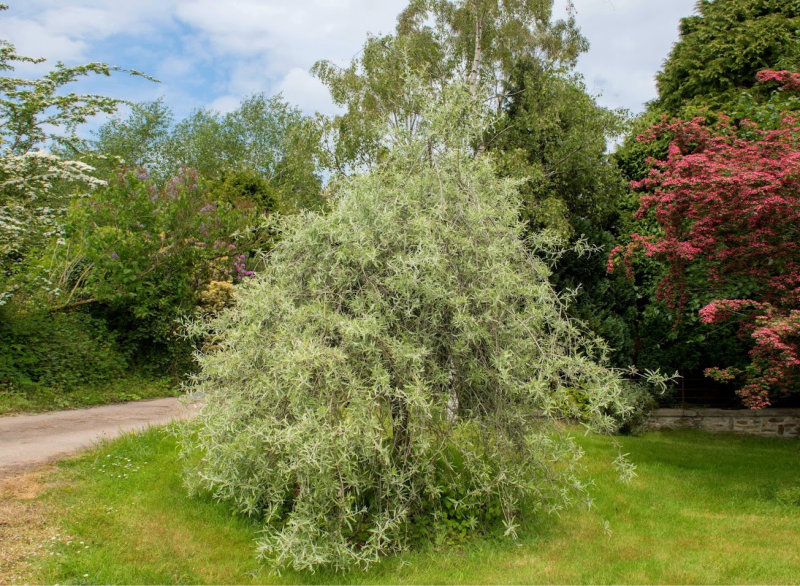We’re slap-bang in the middle of bareroot planting season. And that’s something worth celebrating when you love trees and shrubs but are on a budget.
If you’re new to the joys of bareroot, the bottom line is that these are brilliantly healthy – but dormant – specimens. All trees and shrubs enter a period of dormancy over winter, so they’re no different to potted versions. Except in price. Because bareroot plants are sold as they are, with no extra potting compost or pot, you pay much less. They’re much lighter too, so less costly to transport, and easier to handle.
They may not be much to shout about when you unpack them. But look past the unprepossessing collection of branches and roots and you’ll soon discover that bareroot trees and shrubs are power-pack plants just waiting for their moment. Planting is surprisingly fuss-free and, once they’re in, they’ll take advantage of the shorter days and wet soil to slowly settle, before spreading out their roots to grow quickly and strongly in spring. What’s more, bareroot plants establish more rapidly than potted equivalents, as their fine, fibrous roots come into immediate direct contact with your garden soil, cutting out the transition period from pot to earth.
You can buy most of our trees, shrubs and roses bareroot between November and March, so whether you have acres of woodland to plant, metres of hedges to put in or you’re just after a lovely specimen tree for the back of the garden, bareroot is your best bet.
Here are three of our favourite trees for impact and year-round joy, all available bareroot to plant now.
- Golden weeping willow
Height of maturity: Up to 20 metres
Where to plant: Ideally on a riverbank, by a pond, or in a damp, boggy spot, in sun
What a magical tree the golden weeping willow is, so elegant and charming. Its golden branches hang almost to the ground, and sway in the breeze. In summer they’re covered in small, pale-green glossy leaves, creating a rustling curtain of colour perfect for hiding, den-making or picnicking behind. Yellow catkins herald the arrival of spring.
Top tip: Use rabbit guards to protect young trees
- Sycamore
Height of maturity: Up to 25 metres
Where to plant: Pretty much anywhere, even in polluted city gardens
A gift for wildlife and near-indestructible, this majestic tree deserves a place in every large garden. Fully grown the sycamore is a haven for insects, small mammals and birds, which will nest, shelter, forage and live in its bark, branches and generous cover. In winter, you’ll admire its tactile, pinky beige bark, followed by big palmate leaves in fresh green, which turn golden in autumn.
Top tip: Give it space
- Weeping pear
Height of maturity: Up to 6 metres
Where to plant: Anywhere, but it’s ideal for small gardens
The weeping pear is such a pretty tree, but super-tough, so don’t be fooled by its delicate charms. The slim, oval leaves are olive-green with a silvery sheen and, as the name suggests, the branches hang elegantly. Its shimmering, metallic foliage gives it a Mediterranean feel and it’s fabulous as a focal point in a border. There are small white flowers in May and cute inedible pears in autumn too.
Top tip: Have fun with pruning – it’s happy topiarised or hanging loose



